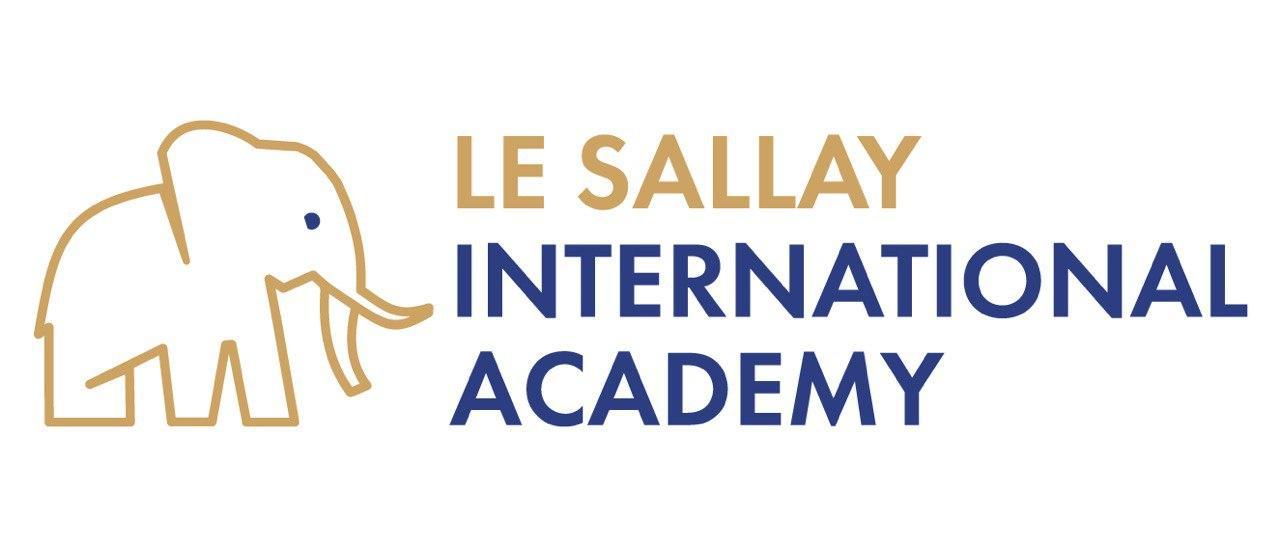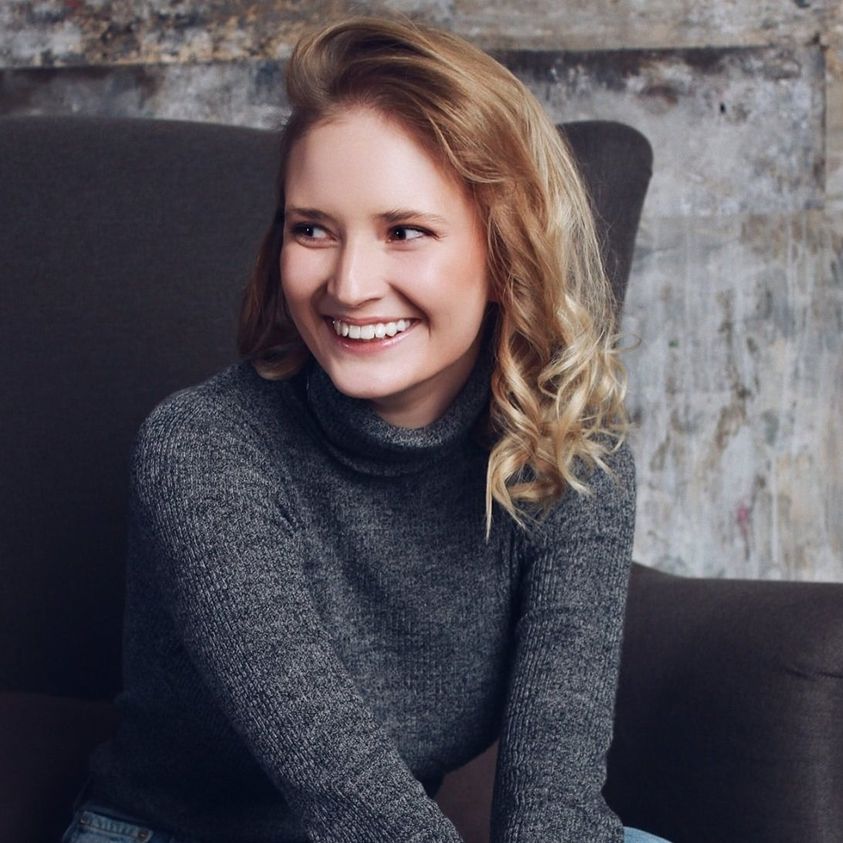“Do we need to make children believe that they can apply math in every sphere of life? Not really. Instead, let’s remember that all children by nature love learning, they have a lot of curiosity and they really like to think”.
Anna Finko, the newest addition to Le Sallay Academy’s STEM team, has a teaching philosophy that helps her connect with students in an authentic way.
We have asked Anna to share her insights about teaching and supporting children who simply don’t like math.
𝐎𝐧 𝐛𝐞𝐜𝐨𝐦𝐢𝐧𝐠 𝐚 𝐭𝐞𝐚𝐜𝐡𝐞𝐫
To be honest, my first teaching experience happened by accident. A friend who taught extracurricular math to gifted children had asked me to substitute. This was my first ever lesson as a teacher and afterward, I felt super-charged. I realized there and then that I really wanted to teach children. I find communication and open discussion with kids truly motivating. Mathematics is the science of reason. To me, watching children develop critical thinking and helping them find the right words for their thoughts is a priceless experience.
𝐎𝐧 𝐦𝐨𝐭𝐢𝐯𝐚𝐭𝐢𝐧𝐠 𝐤𝐢𝐝𝐬 𝐰𝐡𝐨 𝐛𝐞𝐥𝐢𝐞𝐯𝐞 𝐭𝐡𝐚𝐭 𝐦𝐚𝐭𝐡 𝐢𝐬 𝐝𝐢𝐟𝐟𝐢𝐜𝐮𝐥𝐭 (𝐚𝐧𝐝 𝐦𝐚𝐲𝐛𝐞 𝐚 𝐥𝐢𝐭𝐭𝐥𝐞 𝐛𝐨𝐫𝐢𝐧𝐠)
I'm not trying to show that mathematics is easy, because it's not. I'm not even trying to tell the kids that mathematics is needed in all spheres of life because many children feel like this is a fake argument, and honestly, to some degree, they are right. For example, we use navigation apps every day. Is mathematics used in these algorithms? Yes, and it’s very complicated. Do we need to know math to use the navigator? No, not really.
In my view, a good place to start is to acknowledge that all children by nature love to learn, they have a lot of curiosity and they like to think. My task, as a teacher, is to help and guide them, not to interfere with their internal drive. It’s when children discover their own ability to reason and to see structure in everything around them, that mathematics becomes interesting to them.
𝐎𝐧 𝐩𝐚𝐫𝐞𝐧𝐭𝐬' 𝐢𝐧𝐯𝐨𝐥𝐯𝐞𝐦𝐞𝐧𝐭
I don't think that parents should be the ones to instill a love of mathematics. I’ve seen a lot of examples where a parent with a strong mathematical background would lack patience and composure to let their child learn at their own pace. To the parent, math problems might seem obvious, but to the child, it's not the case.
Parents can take on an important role in helping the child to draw the distinction between the subject of math and the teacher. If there is a mismatch between the subject and the teaching style then parents should offer the child an alternative way of learning.
𝐎𝐧 𝐧𝐞𝐰 𝐭𝐫𝐞𝐧𝐝𝐬 𝐢𝐧 𝐭𝐞𝐚𝐜𝐡𝐢𝐧𝐠 𝐦𝐚𝐭𝐡𝐞𝐦𝐚𝐭𝐢𝐜𝐬
I see two new trends in teaching that I like: gamification and the application of mathematics to real life. Shift to online learning is another trend. In mathematics, we have a lot of apps and digital tools that help us, for example, animation of theorems.
𝐎𝐧 𝐛𝐥𝐞𝐧𝐝𝐞𝐝 𝐥𝐞𝐚𝐫𝐧𝐢𝐧𝐠
In fact, blended learning is one of the best formats I've ever used.
In online learning, there is a loss of emotional connection and some children need this connection to stay engaged. At the same time, other children need the ease and flexibility of digital tools that online learning offers. Blended learning allows us to balance these needs.
𝐎𝐧 𝐦𝐞𝐦𝐨𝐫𝐚𝐛𝐥𝐞 𝐦𝐨𝐦𝐞𝐧𝐭𝐬 𝐢𝐧 𝐭𝐡𝐞 𝐜𝐥𝐚𝐬𝐬𝐫𝐨𝐨𝐦
I have so many! One of my favorites is the lesson on percentages. I felt that a theoretical discussion would be boring, so I decided to show students a practical application in an “adult” world. We went on a banking website and reviewed offers for deposits and loans. My goal was to teach percentage calculation and to give the kids a basic idea of how the banking system works. When they realized that the interest on deposits was much lower than the interest on loans there were almost horrified. One student started shouting that this was unfair. I’ve never seen so much bewilderment and indignation!
Another time we had a lesson where we wanted to calculate our ecological footprint. The idea was that you could choose any plastic-containing item and calculate how much plastic you would throw away in a year if you didn't recycle. After 10 minutes of strenuous calculations, one of the students looked up in amazement and said, "It looks like by this moment I have already thrown out about 220 pounds of Coca-Cola bottles." He did make a mistake in his calculations, but the important thing was that this task really made him think!
with Ann Finko



